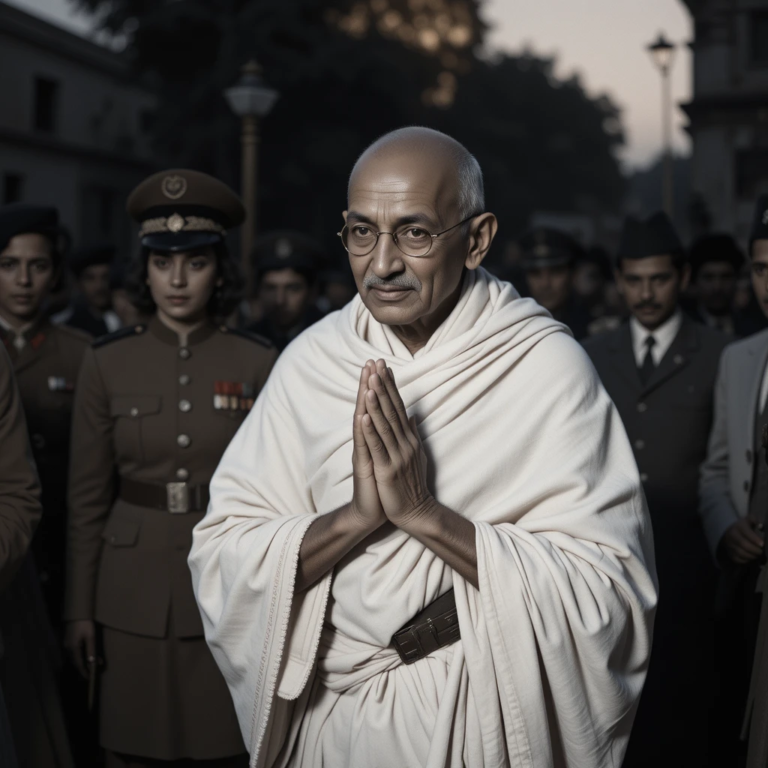India has witnessed massive economic transformations from 1951 to 2024, shaped by policy decisions, global events, and domestic reforms. This article provides a detailed comparative analysis of key economic indicators across these periods, including income tax slabs, GDP growth, gold prices, USD to INR exchange rates, salaries of gazetted officers, average salaries, and prices of essential commodities.
Table of Contents
1. Income Tax Slabs: Then and Now
1951-2014: Evolution of Taxation
From 1951 to 2014, India’s tax structure underwent several revisions. In the early years, tax rates were high, often exceeding 50% for the highest earners. In the 1970s and 1980s, peak tax rates even reached 97.5% before reforms in the 1990s simplified and lowered tax burdens. Post-liberalization (1991), rates stabilized, with the highest slab settling between 30-35%.

2014-2024: Current Tax Regime
After 2014, taxation focused on digital compliance, widening the tax base. The new tax regime introduced in 2020 reduced slab rates, offering taxpayers an alternative to the old deductions-based system. Corporate tax rates were also slashed to attract businesses.
2. GDP Growth and Economic Development
1951-2014: Growth Phases
India’s GDP growth followed these broad trends:
- 1950s-1970s: Slow growth, often around 3-4% (“Rate of Growth”).
- 1980s: Growth picked up to about 5-6% with early reforms.
- 1991-2014: Post-liberalization, GDP grew at 6-8% annually, peaking at 9.6% in 2006-07.

2014-2024: Growth Trends
GDP continued to expand but faced disruptions:
- 2014-2019: Growth remained around 7%.
- 2020: COVID-19 led to a contraction (-7.3%).
- 2021-2024: Recovery ensued, with GDP bouncing back to ~6-7%.

3. Gold Prices: A Historical Perspective
1951-2014: Gold as an Investment
Gold prices have risen dramatically:
- 1951: ₹98 per 10 grams
- 1980s: ₹1,300 per 10 grams
- 2000: ₹4,400 per 10 grams
- 2010: ₹18,500 per 10 grams
- 2014: ₹28,000 per 10 grams

2014-2024: Gold Prices Today
Gold prices have skyrocketed further:
- 2020: ₹48,000 per 10 grams (pandemic-driven surge)
- 2024: ₹80,000 per 10 grams
4. USD to INR Exchange Rates: Rupee Depreciation
1951-2014: Gradual Depreciation
- 1951: 1 USD = ₹4.76
- 1991: 1 USD = ₹17.90 (post-reform devaluation)
- 2014: 1 USD = ₹60

2014-2024: Further Weakening
- 2020: 1 USD = ₹75
- 2024: 1 USD = ₹83 (approx.)
5. Salaries of Gazetted Officers & Average Salaries
1951-2014: Salary Growth

Gazetted officers in India saw steady salary increases due to Pay Commissions:
- 1951: ₹350-₹500 per month
- 1990s: ₹8,000-₹15,000 per month
- 2010s: ₹40,000-₹80,000 per month

2014-2024: Modern-Day Salaries
- 2024: ₹60,000-₹1,50,000 per month (entry to senior level)
- The IT and private sectors offer ₹12 lakh+ per annum for top roles.
6. Essential Commodities: Inflation & Price Rise
1951-2014: Gradual Rise
- 1951: Rice – ₹0.25/kg, Wheat – ₹0.16/kg, Milk – ₹0.12/litre
- 1990s: Rice – ₹10/kg, Wheat – ₹8/kg, Milk – ₹10/litre
- 2014: Rice – ₹30/kg, Wheat – ₹22/kg, Milk – ₹40/litre

2014-2024: Modern Prices
- 2024: Rice – ₹50/kg, Wheat – ₹35/kg, Milk – ₹60/litre
- Fuel prices have also surged: Petrol was ₹60/litre in 2014 and now exceeds ₹100/litre.
7. Purchasing Power: Then vs. Now
Using gold prices as a benchmark, ₹12 lakh today equates to only ₹1,470 in 1951 when adjusted.

8. References
- Reserve Bank of India (RBI) Reports – Historical exchange rates, GDP growth, and inflation data.
- Economic Surveys of India (Various Years) – Published by the Government of India.
- Union Budget Documents (1951-2024) – Tax slab and policy changes.
- World Gold Council Reports – Historical gold price data.
- Indian Labour Ministry Reports – Salary trends and employment statistics.
- National Sample Survey Office (NSSO) Data – Essential commodities pricing and inflation rates.
- International Monetary Fund (IMF) & World Bank Reports – Global comparison and economic growth analysis.
- Public Sector Pay Commission Reports (Various Years) – Salary structures for gazetted officers.
- Newspapers & Historical Articles – The Hindu, Economic Times, Times of India archives.
Conclusion
India has seen extraordinary economic progress, but challenges remain, including inflation, rupee depreciation, and wealth inequality. While salaries and GDP have grown, the cost of living has also increased sharply, impacting real purchasing power.
This analysis highlights how India’s economic landscape has evolved, shaping its growth trajectory and influencing everyday life for its citizens.




